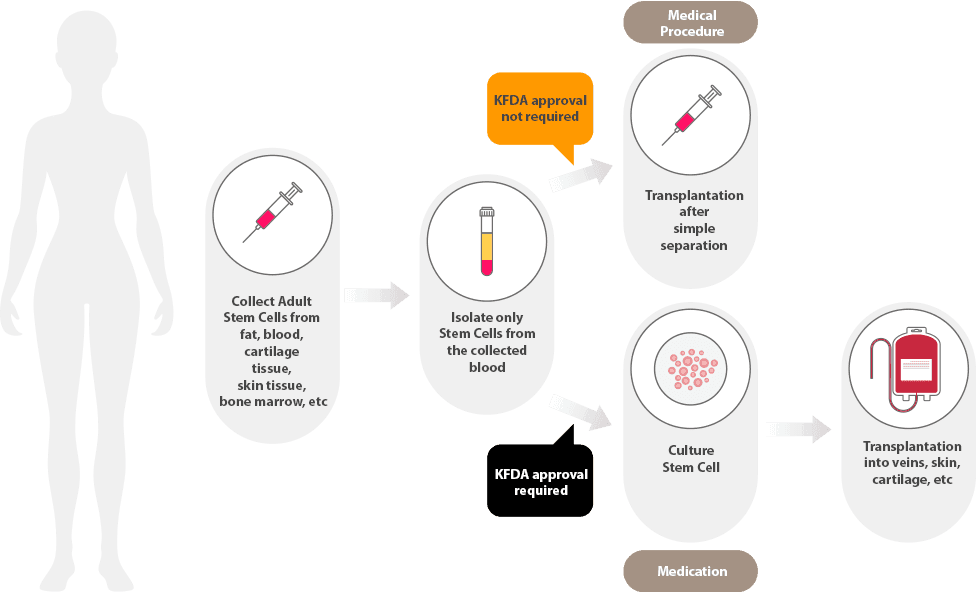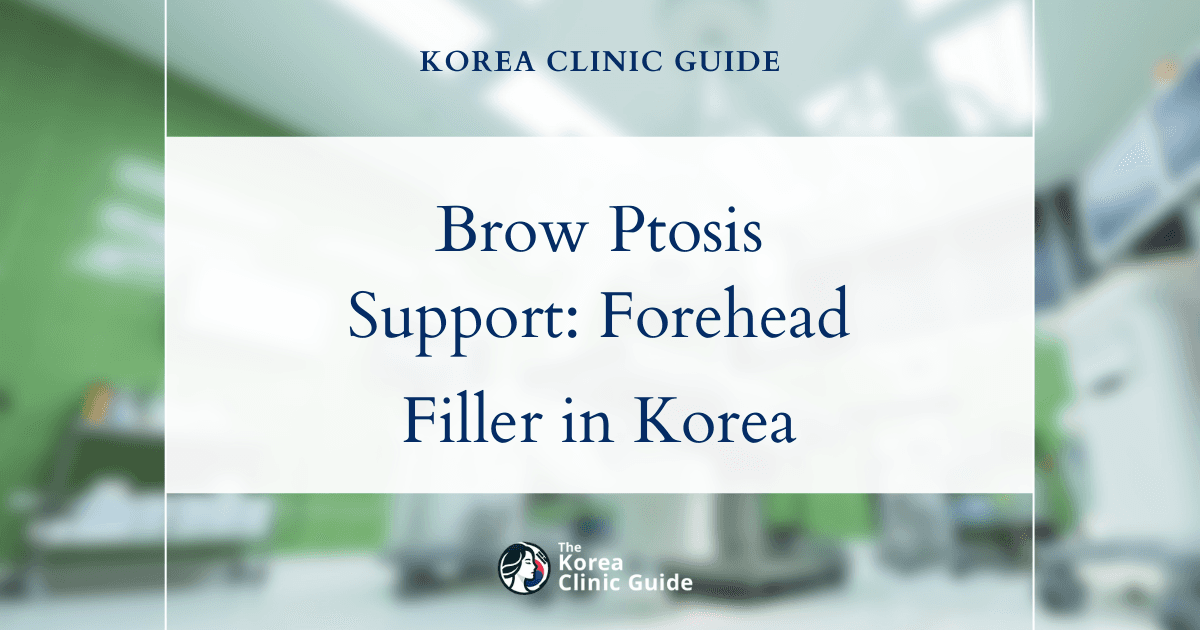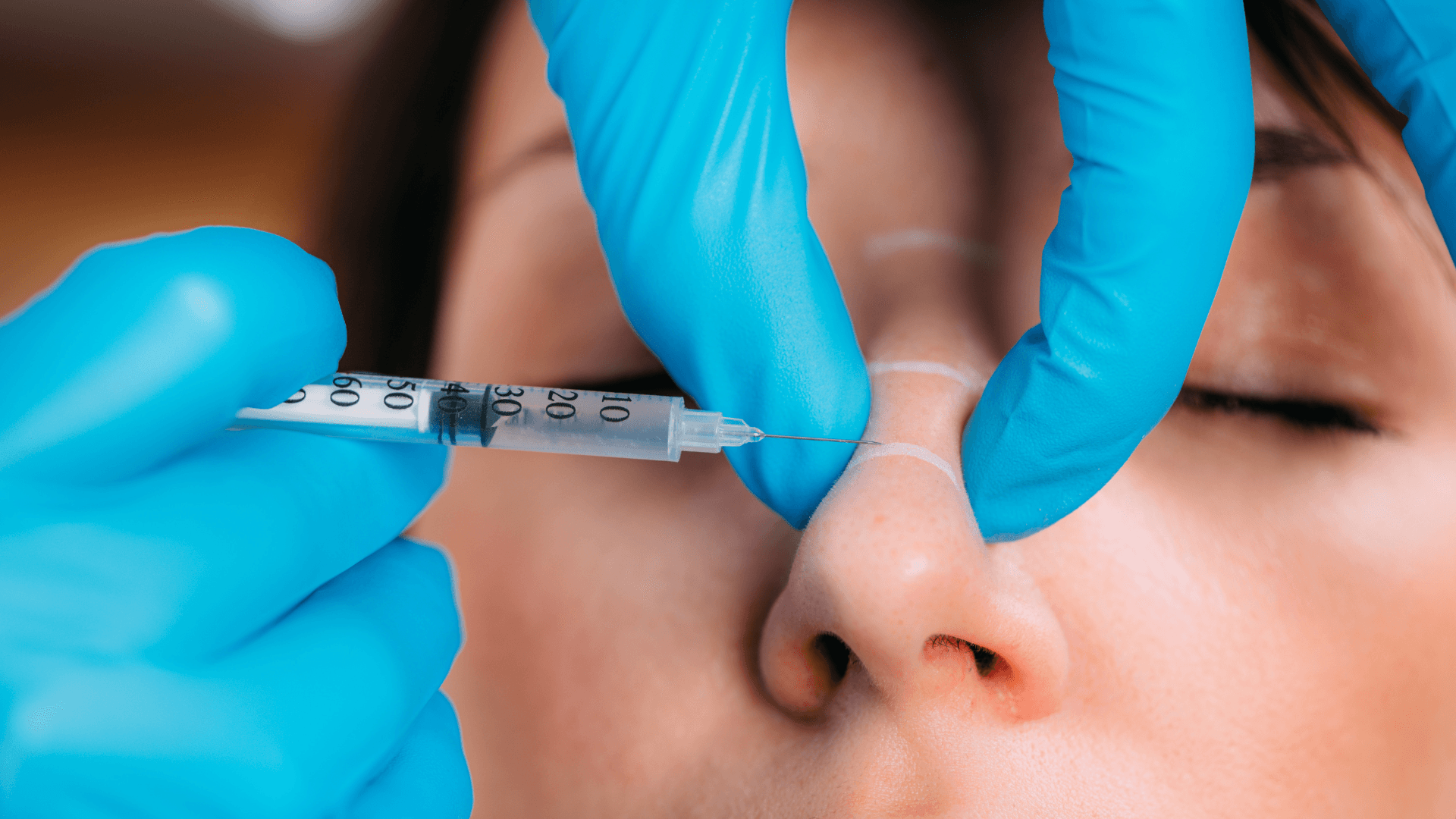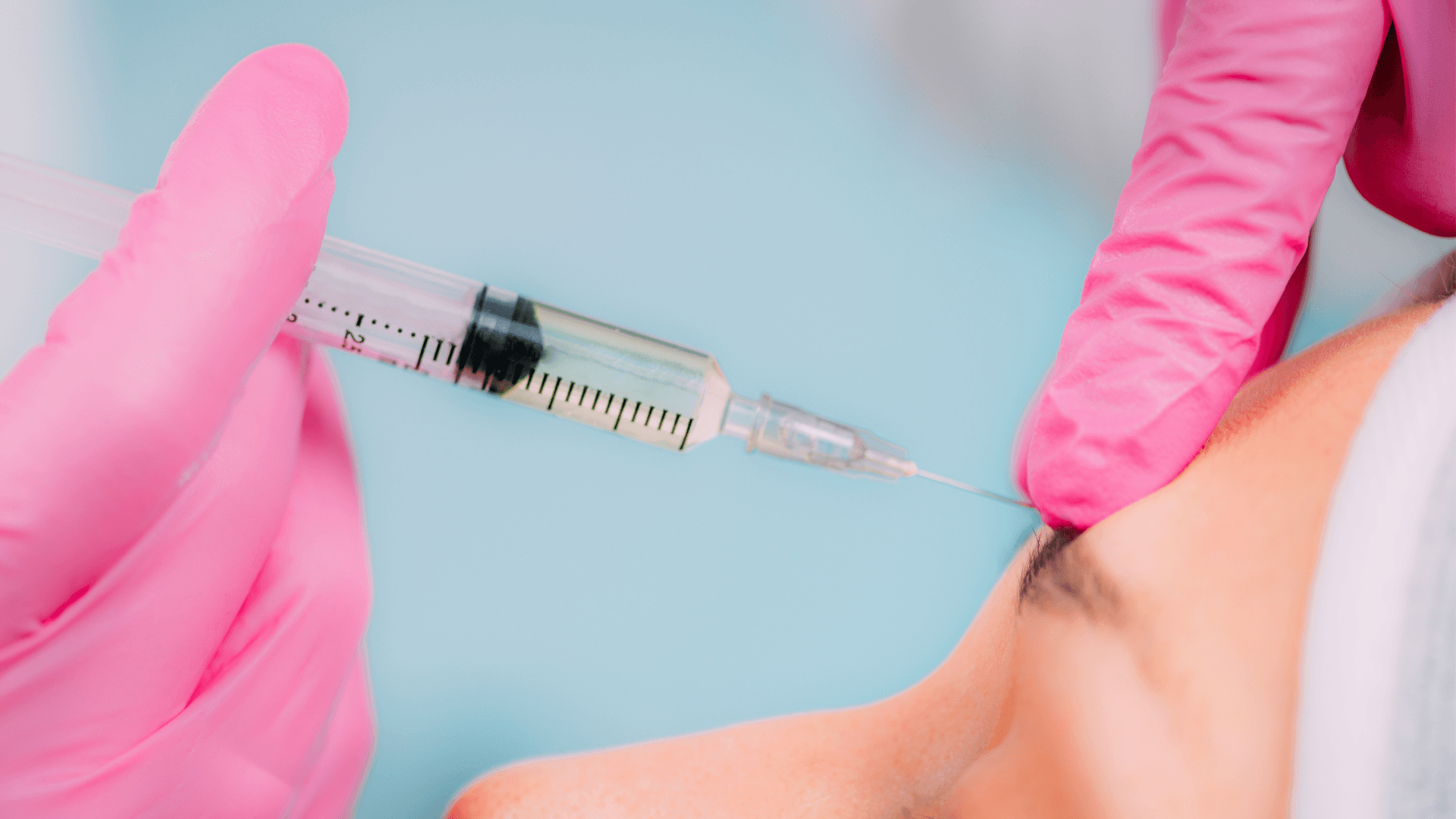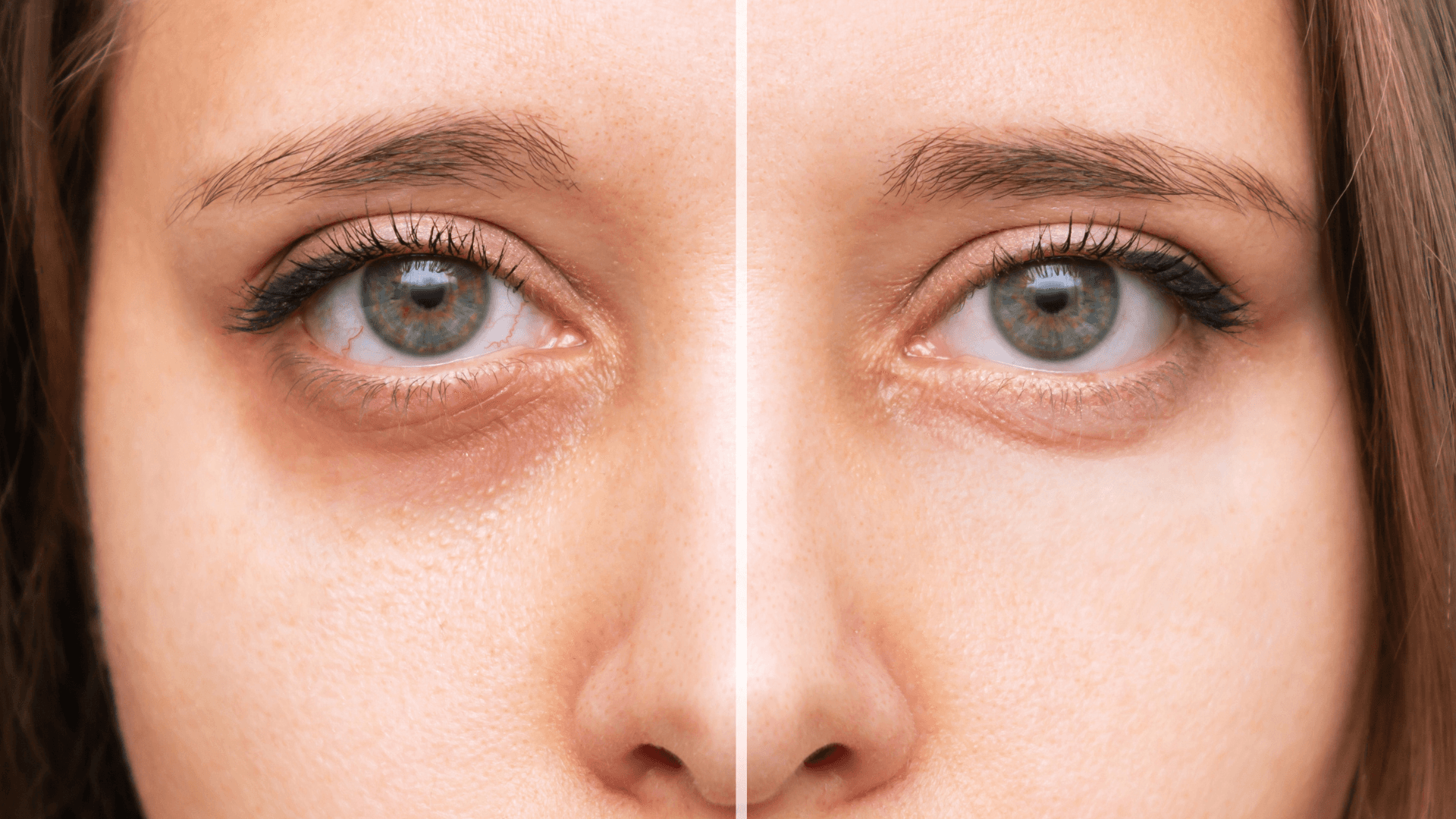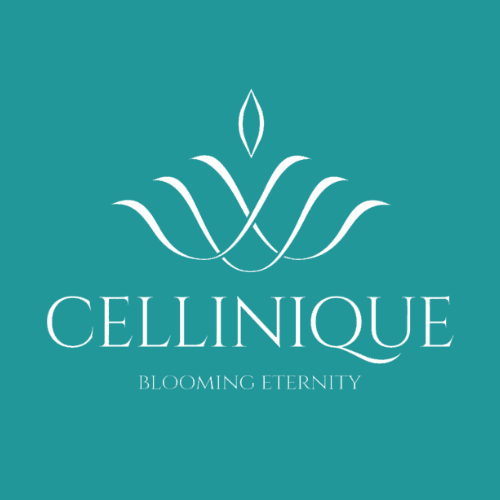Medical Tourism Blog
Atrophic Acne Scars Treatment in Korea: Facial Filler and Stem Cell Acne Scar Procedures

Table of contents
- Understanding Atrophic Acne Scars
- Medical Procedures for Atrophic Acne Scars
- Navigating Procedures in South Korea: A Medical Tourist's Guide
- Cost Analysis and International Comparison
- Patient Experiences and Outcomes
- Conclusions and Recommendations
This guide explores effective solutions for atrophic acne scars, focusing on two leading medical procedures: Facial Fillers and Stem Cell Therapy. You'll find clear explanations of how these treatments work, which scar types they suit best, and what to expect if you’re considering medical tourism in South Korea. We also compare costs across countries and share real patient experiences, giving you the knowledge you need to make confident decisions about your treatment options.
Understanding Atrophic Acne Scars
Atrophic acne scars are a common and often distressing result of acne vulgaris, affecting most people who have had inflammatory acne. Unlike raised scars (hypertrophic or keloidal), atrophic scars are caused by a loss of collagen and subcutaneous fat, leading to visible skin depressions. This happens when inflammation from acne damages the skin’s ability to heal, resulting in a net loss of tissue.
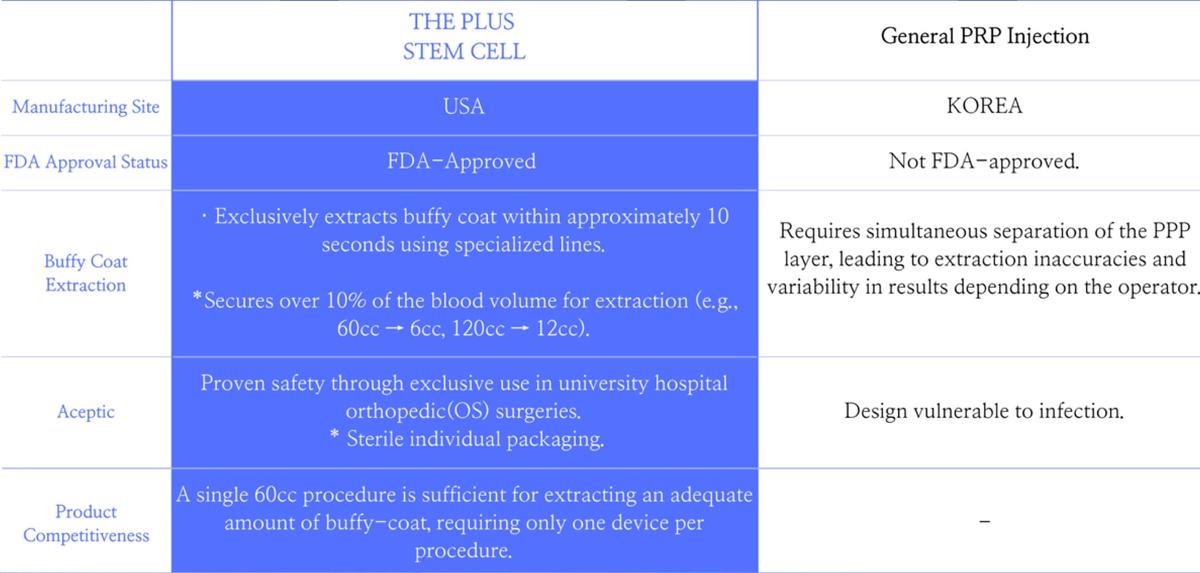
Definition and Causes of Atrophic Acne Scars
Atrophic scars are indented marks that sit below the normal skin surface. They form when the skin can’t fully repair itself after inflammation, such as from severe acne or chickenpox. This incomplete healing leads to a reduction in collagen and fat under the skin. Atrophic scars are the most common type of acne scar, affecting up to 90% of those with acne scarring. The key factor is inflammation, which breaks down collagen and fat, leaving behind sunken or pitted areas. Understanding this process is crucial, as effective treatments must address both the visible depression and the underlying tissue loss.
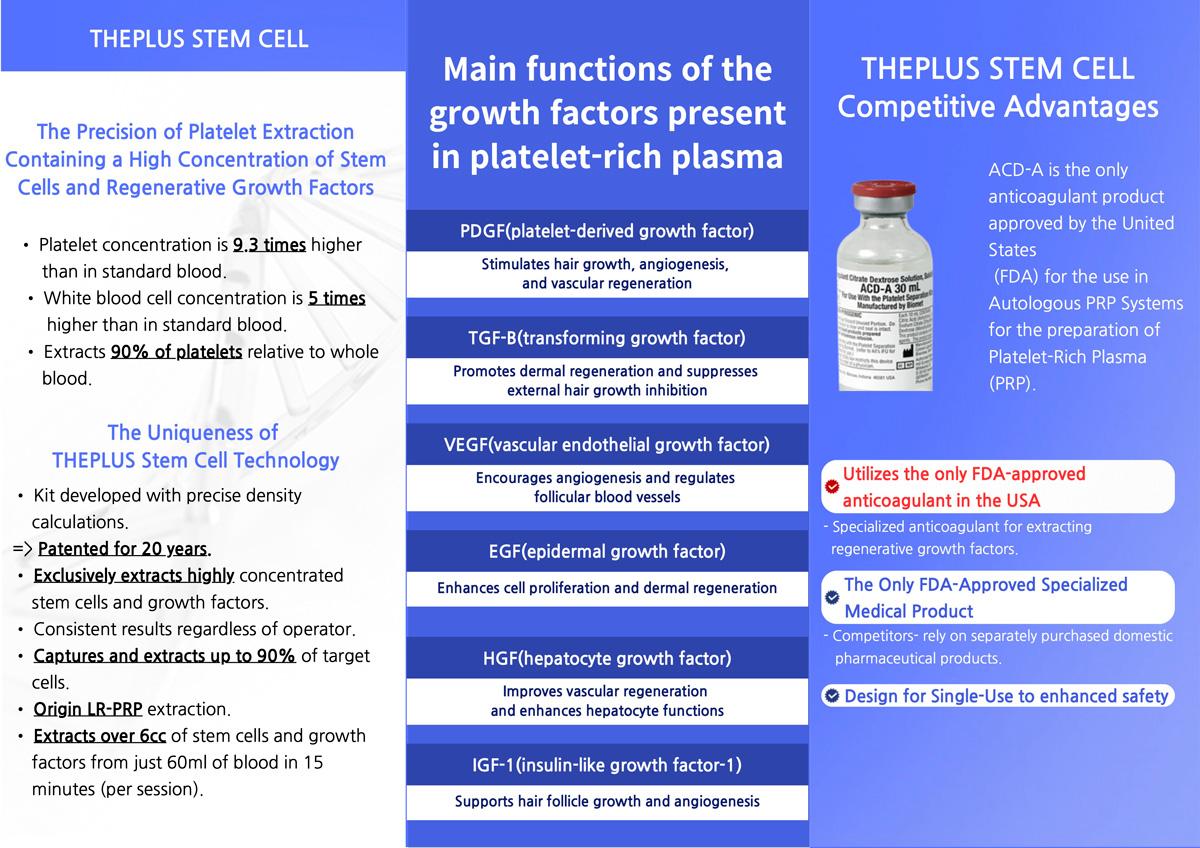
Types of Atrophic Acne Scars
Atrophic acne scars come in three main forms: icepick, boxcar, and rolling scars. Many people have a mix of these types, and knowing which you have helps determine the best treatment.
- Icepick scars: Deep, narrow, and pitted, these look like tiny holes or deep pores. They’re usually less than 2 mm wide and make up 60-70% of atrophic scars.
- Boxcar scars: Wider than they are deep, with sharp edges and flat bases, these resemble chickenpox scars. They range from 1.5-4 mm wide and account for 20-30% of cases.
- Rolling scars: Broad depressions with sloping edges, giving the skin a wavy look. They’re usually 4-5 mm or wider and make up 15-25% of atrophic scars.
Accurate identification of scar types is essential for choosing the most effective treatment.
Common Pseudonyms for Atrophic Acne Scars
Atrophic acne scars are often described using terms like:
- Pitted scars
- Depressed acne scars
- Sunken scars
- Holes in the skin
- Indented scars
All these refer to the characteristic loss of tissue volume seen in atrophic scarring.
Medical Procedures for Atrophic Acne Scars
Modern dermatology offers several professional treatments for atrophic acne scars, with Facial Fillers and Stem Cell Therapy standing out for their effectiveness. Over-the-counter creams can’t raise sunken scars, but these medical procedures can make a real difference.
Facial Fillers
Facial fillers, or dermal fillers, are gel-like substances injected into depressed skin areas to lift and smooth out acne scars. They’re a popular, minimally invasive option with little to no downtime.
Mechanism of Action
Facial fillers work by physically filling in the depressions caused by acne scars, restoring volume and smoothing the skin. Many fillers also stimulate collagen production (collagenogenesis), helping the skin heal and rebuild itself over time. Hyaluronic acid (HA) fillers, for example, hydrate the skin and provide a plumper look. Fillers are most effective for rolling and boxcar scars, as these are easier to fill than deep, narrow icepick scars.
Types of Facial Fillers Used for Acne Scars
Several types of fillers are used for atrophic acne scars:
- Hyaluronic Acid (HA) Fillers: The most common, including brands like Juvederm and Restylane. They provide immediate results, are easy to smooth, and last 6 months to 2 years.
- Calcium Hydroxylapatite (CaHa) Fillers: Brands like Radiesse stimulate collagen and fill depressions.
- Polymethyl-Methacrylate (PMMA) Fillers: Bellafill is FDA-approved for acne scars and offers semi-permanent results.
- Poly-L-Lactic Acid (PLLA) Fillers: Sculptra gradually builds collagen, with results lasting over two years.
- Autologous Fat Transfer: Fat is taken from your own body, purified, and injected into scars. Results vary based on how well the fat survives.
The best filler depends on your scar type, how long you want results to last, and your individual needs.
Procedure Steps
Here’s what to expect during a facial filler treatment:
- Consultation: You’ll discuss your goals and have your scars assessed by a dermatologist. Allergy testing may be done for certain fillers.
- Preparation: The treatment area is cleaned, and a numbing cream is applied.
- Injection: The filler is injected into the scarred areas using a fine needle. The process takes about 15-30 minutes.
- Aftercare: The area is cleaned again, and ice may be applied to reduce swelling. You’ll see immediate improvement, with minor swelling or redness fading in a few days.
Stem Cell Therapy for Acne Scars
Stem cell therapy is an innovative treatment that uses your body’s own regenerative cells to repair damaged skin and improve the look of atrophic acne scars.
Mechanism of Action
Stem cells can renew themselves and turn into different cell types, including skin cells. When injected into scar tissue, especially as Stromal Vascular Fraction (SVF) cells from fat, they promote tissue regeneration, regulate collagen, and improve skin elasticity. This helps fill in depressions, rebuild collagen and elastin, and even improve skin hydration and healing.
Types of Stem Cells Used for Acne Scars
Different sources of stem cells are used in acne scar treatments:
- Adipose (Fat)-Derived Stem Cells (ADSCs): Harvested from your own fat, these are rich in regenerative potential.
- Bone Marrow-Derived Stem Cells: Taken from your bone marrow, these stimulate collagen and skin remodeling.
- Mesenchymal Stem Cells (MSCs): Found in fat and other tissues, they help in all phases of wound healing.
- Stem Cell-Derived Exosomes: Tiny vesicles from stem cells that deliver healing signals, often used with lasers for better results.
Using your own cells (autologous therapy) minimizes allergy risks.
Procedure Steps
A typical stem cell therapy session involves:
- Consultation: A medical team reviews your health and scar types to create a personalized plan.
- Harvesting: Stem cells are collected from fat (via mini-liposuction), bone marrow, or skin tissue, usually under local anesthesia.
- Processing: The cells are isolated and concentrated in a lab to ensure quality and effectiveness.
- Injection: The stem cells are injected into the scars using a fine needle or microneedling device.
- Aftercare: You may have mild swelling or redness, which resolves in a few days. Follow-up visits help track your progress.
Current Status and Research Outlook
Stem cell therapy for acne scars is promising but still considered experimental. Early studies show significant improvements in scar appearance and skin quality, especially when combined with other treatments like microneedling or lasers. Most patients experience minimal side effects, but long-term results and standardized protocols are still being researched.
Navigating Procedures in South Korea: A Medical Tourist's Guide
South Korea is a top destination for cosmetic procedures, known for advanced technology, skilled doctors, and affordable prices. International patients benefit from multilingual staff and dedicated support services.
Best Clinics in Korea for Atrophic Acne Scars
Listed below are the best clinics in Korea for atrophic acne scars:
| Clinic Name | Key Features | Special Techniques |
|---|---|---|
| ID Hospital - Sinsa | Premier destination for advanced cosmetic procedures; personalized consultation; commitment to precision and safety; wide array of innovative procedures; tailored treatments for facial contouring, skin rejuvenation, lifting, injectables, body contouring, brightening, and lip enhancement | Exosome Boosters, Rejuran Healer, Juvelook, Botox, fillers, Pico Toning, Excel V Laser, ID Premium Elanse |
| Nana Plastic Surgery Clinic | Extensive clinical experience with acne scars; latest laser and dermatological technologies; personalized treatment plans; multidisciplinary team of plastic surgeons and dermatologists; comprehensive aftercare; convenient location; strong reputation for safety and natural results | Advanced laser and dermatological technologies for minimally invasive scar treatments |
| ID Hospital - Main Branch | Leading institution for facial treatments and plastic surgery; emphasis on patient safety and natural beauty; customized treatment plans; advanced skin treatments for atrophic acne scars; state-of-the-art technology; systematic post-care | Specialized skin clinic with advanced skin treatments |
ID Hospital - Sinsa
ID Hospital in Sinsa stands out as a premier destination for advanced cosmetic procedures in Korea, offering a comprehensive range of treatments designed to enhance appearance and boost self-confidence. The clinic specializes in facial contouring, skin rejuvenation, lifting and tightening, injectables, body contouring, brightening, and lip enhancement procedures. Each treatment is tailored to address specific concerns, from refining facial contours with non-surgical injections to revitalizing skin texture and elasticity using cutting-edge technologies like Exosome Boosters, Rejuran Healer, and Juvelook. For those seeking immediate improvements, options such as Botox, fillers, and laser-based therapies like Pico Toning and Excel V Laser provide effective solutions for wrinkles, pigmentation, and vascular issues.
At ID Hospital Sinsa, patient care is at the forefront, with personalized consultation services such as the ID Premium Elanse ensuring that each treatment plan is customized to individual needs and aesthetic goals. The clinic’s commitment to precision and safety, combined with its wide array of innovative procedures, makes it a trusted choice for those looking to address atrophic acne scars and other skin concerns. Whether you are interested in non-invasive facial contouring, advanced skin rejuvenation, or targeted body treatments, ID Hospital offers the expertise and technology to help you achieve natural, confidence-boosting results.
Find more about this clinic here: ID Hospital - Sinsa Website
Nana Plastic Surgery Clinic
Nana Plastic Surgery Clinic, conveniently located at Sinnonhyeon Station in Seoul, is a leading destination for advanced aesthetic and dermatological procedures in Korea. Renowned for its commitment to safety, innovation, and patient satisfaction, Nana Clinic stands out due to its extensive clinical data, diverse surgical experience, and a multidisciplinary team of experts. The clinic offers a comprehensive range of treatments, from plastic surgery to cutting-edge dermatology, making it a trusted choice for those seeking effective solutions for atrophic acne scars and other skin concerns.
Why Nana Plastic Surgery Clinic is the best choice for Atrophic Acne Scars:
- Extensive clinical experience with a proven track record in treating various types of acne scars, including atrophic scars.
- Access to the latest laser and dermatological technologies for precise, effective, and minimally invasive scar treatments.
- Personalized treatment plans tailored to each patient’s skin type, scar severity, and aesthetic goals.
- Multidisciplinary team of board-certified plastic surgeons and dermatologists collaborating for optimal results.
- Comprehensive aftercare and follow-up to ensure long-lasting improvements and patient satisfaction.
- Convenient location at Sinnonhyeon Station, making it easily accessible for both local and international patients.
- Strong reputation for safety, transparency, and natural-looking results, supported by extensive clinical data and patient testimonials.
Find more about this clinic here: Nana Plastic Surgery Clinic Website
ID Hospital - Main Branch
ID Hospital, located at its main branch in Seoul, is a leading medical institution renowned for its expertise in facial treatments and plastic surgery. With a strong emphasis on patient safety and natural beauty, the hospital offers a comprehensive range of services, including orthognathic surgery, facial contouring, eye and nose plastic surgery, breast surgery, lifting procedures, and a dedicated skin clinic. The hospital is particularly recognized for its customized approach, tailoring each treatment plan to the unique needs and goals of every patient.
For individuals seeking solutions for atrophic acne scars, ID Hospital provides advanced skin treatments within its specialized skin clinic. The clinic combines state-of-the-art technology with systematic post-care to ensure optimal results and patient satisfaction. By prioritizing both safety and aesthetics, ID Hospital has established itself as a trusted destination for those looking to improve their skin’s appearance and overall facial harmony.
Find more about this clinic here: ID Hospital - Main Branch Website
Process of Getting Facial Filler Procedures in South Korea
If you’re considering facial fillers in South Korea, here’s how the process typically works:
- Consultation: Clinics like Haru Clinic and PangPang Clinic offer personalized consultations, often with multilingual staff.
- Scheduling and Deposit: Once you agree on a plan, you’ll pay a deposit (about 10%) and book your appointment, ideally 2-4 weeks ahead.
- Procedure: The treatment follows the standard steps of cleansing, numbing, and precise injection.
- Aftercare: Clinics provide skincare products and follow-up visits to ensure good results.
- Travel Logistics: Factor in flights ($600-$1,500 from the US/Europe), accommodation ($30-$200+ per night), and local transport. Many clinics are in central districts like Gangnam, and you may be eligible for a 10% VAT refund on medical expenses over KRW 30,000.
Process of Getting Stem Cell Therapy Procedures in South Korea
For stem cell therapy, the process is more involved:
- Consultation: Clinics like Seoul Cosmetic Surgery offer detailed assessments, often free, with multilingual support.
- Collection and Processing: Stem cells are harvested from your body and processed in a lab for high quality.
- Re-implantation: The cells are injected into the scars or given intravenously, depending on your plan.
- Aftercare: Follow-up appointments and personalized care instructions are provided.
- Support Services: Many clinics and agencies help with scheduling, airport pickup, translation, hotel recommendations, and more. Budget for travel and living costs, and check if you need a medical visa (usually valid for up to 90 days).
Cost Analysis and International Comparison
South Korea is known for offering high-quality cosmetic procedures at lower prices than many Western countries.
Cost of Facial Fillers in South Korea vs. Other Countries
Here’s a look at typical costs for facial fillers:
| Country | Cost per Syringe/Session | Total Treatment Cost | Notes |
|---|---|---|---|
| South Korea | $110-$600 | $1,000-$2,000 | 10% deposit, 10% VAT refund possible |
| United States | $500-$750 | $800-$1,200+ | Multiple syringes often needed |
| Thailand | $250-$350 | Varies | |
| Turkey | ~$200 | Varies | Check safety standards |
| Australia | $130-$830 AUD | Varies |
South Korea often offers savings of 70-80% compared to major US cities.
Cost of Stem Cell Therapy in South Korea vs. Other Countries
Stem cell therapy prices vary widely:
| Country | Typical Cost Range | Notes |
|---|---|---|
| South Korea | $3,000-$6,000+ | Full packages $5,000-$12,000 |
| United States | $5,000-$50,000 | Higher for specialized treatments |
| Serbia | $7,600-$33,700 | Lower than Western Europe |
| Switzerland | $10,000-$50,000+ | Premium care |
| Mexico | $3,500-$15,000 | 40-90% cheaper than US |
| Turkey | $2,000-$15,000 | Acne scar treatment $2,500-$3,500 |
| Thailand | $3,000-$13,000 | 50-90% less than Western countries |
South Korea offers advanced treatments at prices often lower than the US and Europe.
Patient Experiences and Outcomes
Hearing from real patients helps illustrate the benefits and realities of these treatments.
Patient Experiences with Facial Fillers for Atrophic Acne Scars
Most patients report noticeable improvements in skin texture and appearance after facial fillers. In one study, 96% of participants saw improvement after a month, especially with hyaluronic acid fillers. Fillers work best for rolling and boxcar scars, providing immediate results and boosting confidence. Bellafill users reported 90% satisfaction after one year. Many patients feel more confident and need less makeup, with side effects like swelling or redness usually mild and short-lived. Combining fillers with other treatments can enhance results.
Patient Experiences with Stem Cell Therapy for Atrophic Acne Scars
Stem cell therapy is newer, but early results are promising. For example, a 35-year-old woman with severe scars saw smoother, firmer, and more hydrated skin within two weeks of treatment, with 80% improvement after six months. Patients often report better skin texture, reduced inflammation, and less discomfort. Side effects are generally mild, but as the treatment is still experimental, long-term outcomes are being studied. Combining stem cells with microneedling or lasers often leads to even better results.
Conclusions and Recommendations
Atrophic acne scars can deeply affect both appearance and self-esteem, but effective treatments are available. Facial fillers offer quick, visible improvements for rolling and boxcar scars, while stem cell therapy shows great promise for long-term skin regeneration, especially when combined with other treatments. South Korea stands out for its advanced care, experienced doctors, and competitive prices, making it a top choice for medical tourists. For best results, consult a qualified specialist, consider combination therapies, and set realistic expectations for your treatment journey.
References
1, 2, 3, 4, 5, 6, 7, 8, 9, 10, 11, 12, 13, 14, 15, 16, 17, 18, 19, 20, 21, 22, 23, 24, 25, 26, 27, 28, 29, 30, 31, 32, 33, 34, 35, 36, 37, 38, 39, 40, 41, 42, 43, 44
